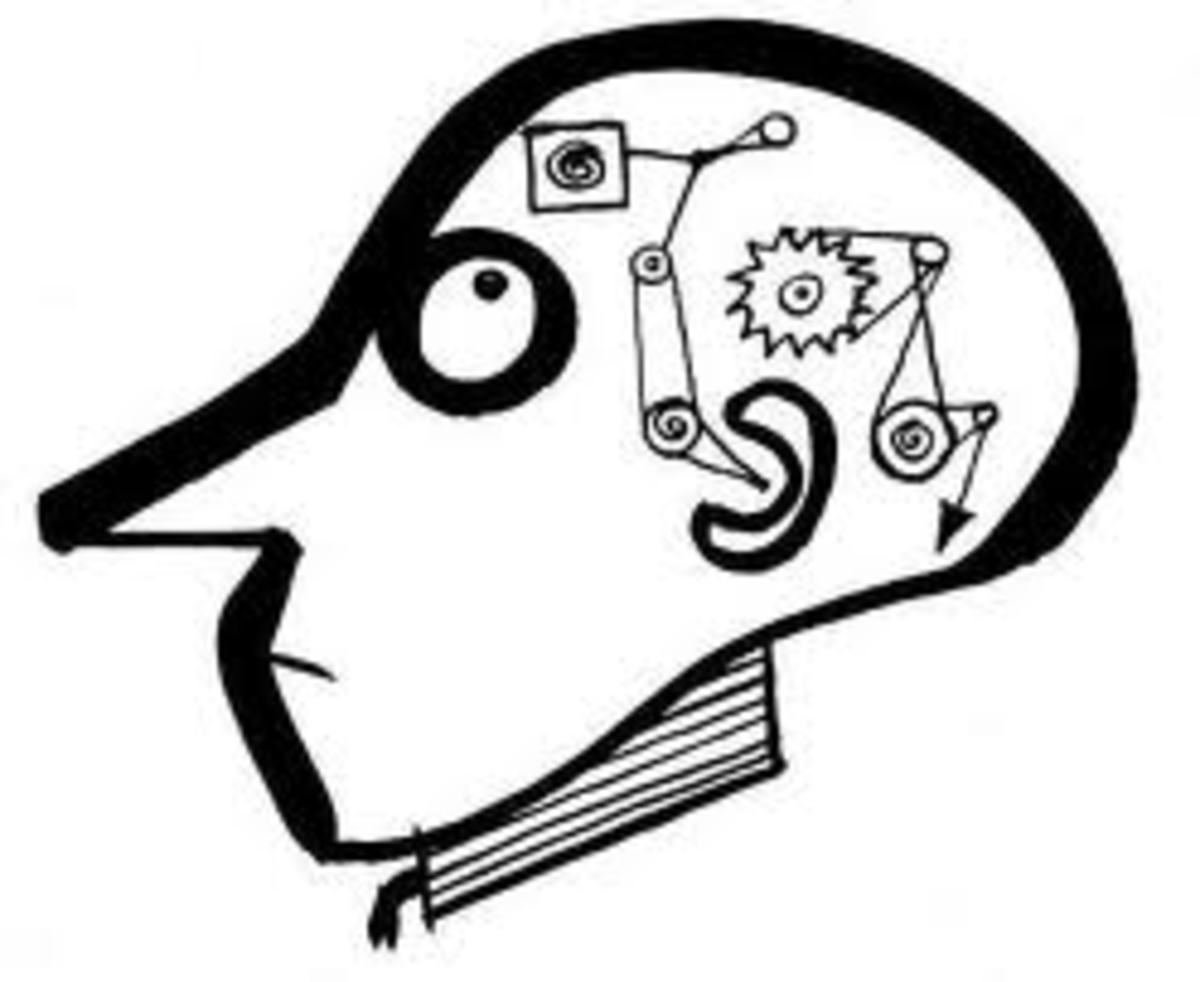Understanding the Basic Human Emotions

Emotion is a mental state, which is variously associated with thoughts, feelings and behavioral responses, showing a degree of pleasure or displeasure. There is currently no scientific consensus on a definition.
In 1970, the psychologist Paul Eckman identified six basic emotions that he suggested were universally experienced in all human cultures. The emotions he identified were happiness, sadness, disgust, fear, surprise, and anger. He later expanded his list of basic emotions to include such things as pride, shame, embarrassment, and excitement.
According to a study published in the Proceedings of National Academy of Sciences, emotions are centered in subjective experiences, which people represent with language. People represent their transient experiences within a semantic space, which includes many semantic terms that refer to a rich variety of emotional states, occurring in different situations. The researchers have reported 27 distinct semantic dimensions corresponding to the reported emotional experiences.
Emotion is often entwined with mood, temperament, personality, disposition, and motivation. They are a positive or negative experience that is associated with a particular pattern of physiological activity. Emotions produce different physiological, behavioral and cognitive changes in people.
One has one’s own individual subjective experience to a particular event because one’s interpretation and description of the event varies. The subjective experience initiates a physiological response, which is mediated by hormones. The physiological response varies from individual to individual to the same experience. And it also varies at different times to the same experience in the same individual.
Emotions color our life with variegated hues. Without them, our existence will be utterly drab and colorless.
Dr. Pran Rangan
The Basic Emotions -
Happiness – Psychologists often refer to happiness as a positive effect - an emotional state, which is brought about by generally positive thoughts and feelings. What brings elation to one person may not necessarily do so to another. From a psychological viewpoint, we must be able to quantify this state of mind in order to understand it. Multi-item global measures of happiness are also frequently used by researchers. Some tap into the "cognitive" component of happiness i.e., judgments of high life satisfaction and others assess the "affective" component i.e., the experience of frequent positive emotions and relatively infrequent negative emotions.
Psychologists use the term core affect to describe the most basic feelings we experience as human beings, that is, pleasure and pain. At every moment, we’re experiencing a primordial feeling somewhere between the two extremes of agony and ecstasy.
Psychologists argue that the reason our core affect varies has less to do with what happens to us than with how we think about what happens to us, that is, our mindset. Mindset explains why some people remain joyful and optimistic no matter how awful the tragedy that befalls them, while others suffer and complain no matter how much good fortune comes their way. Mindset is the reason why one person’s mountain is another person’s molehill.
Sadness – It affects everyone at some point in life and is discernible at both the behavioral and physiological levels. It is a transient emotional state that is generally associated with negative moods and unhappy feelings. Sad feelings often quickly diminish after individuals resolve or come to terms with upsetting experiences. In fact, positive personality traits such as alertness, thoughtfulness, and resilience can be encouraged through sad experiences.
Disgust – Like other basic emotions, it causes a set of predictable responses. Behaviorally, there is a withdrawal from the object of disgust, eliciting a characteristic facial expression. Some researchers view basic disgust in humans as a form of oral rejection based on the nature of a particular food. Besides food, there are many other disgust elicitors such as body products, other animal nature reminders and, interestingly, some people. The contact with people, whom a person doesn’t like whether because of personal experience with them or their membership to the specific groups, tends to elicit disgust. Its variations range widely depending on socio-cultural dynamics.
Disgust has recently come to the attention of neuroscientists, who have discovered that people with certain kinds of brain damage (e.g., Huntington’s disease) show deficits in recognizing disgust.
Fear - it has strong roots in human evolution. If people don’t feel fear, they wouldn’t be able to protect themselves from legitimate threats, which may result in life-or-death consequences. But these days, individuals often fear situations where the stakes are much lower but their body and brain still treat the threat as lethal. This can trigger an extreme, and often unnecessary, fight-flight or freeze response. As a result, people may find themselves avoiding challenges that could benefit them in the long run. When people face deadly or extreme danger, it can sometimes cause lingering trauma. These traumas can trigger a fear response that is hard to quell, even when the risk has passed.
There are situations when a past fear might re-emerge. The consequence of a prior situation, where a person actually was in danger, is re-lived in the present when those emotional memories are triggered. Although the person may know that he or she is safe, the brain automatically prepares for the worst to happen - a situation that it recognizes has happened before. A post-traumatic response can be triggered by a situation that is similar to past trauma. This is what happens in post-traumatic stress disorder (PTSD).
Surprise - Some researchers treat surprise as a cognitive assessment based on the probability of an event, whereas others treat it as an emotion because of its unique pattern of facial expressions. It can be positive or negative and dramatically shapes the experience of other emotions.
Neurological studies show that when monkeys expect a reward, dopamine neurons fire. The neuronal firing depends on prior expectations. Unexpected rewards lead to a greater firing than expected rewards. Apparently, unexpected pleasures are more rewarding than expected ones. It has been found that surprising outcomes have greater emotional intensity than expected outcomes. A surprising positive event is more pleasurable than an expected positive event, whereas a surprising negative event is more painful than an expected negative event. Thus it dramatically shapes our experience of other emotions.
Anger - Feeling anger is a natural part of being human. It is good at times. Anger is an internal alarm that tells us something is not quite right. Unfortunately, far too often, the anger humans feel, is being triggered by far less consequential factors than serious wrongdoing.
Many don’t know that anger is a secondary emotion. Typically, one of the primary emotions like fear or sadness can be found underneath the anger. Feeling fear and sadness is quite uncomfortable for most people. It makes them feel vulnerable and oftentimes not in control. That is why people tend to avoid these feelings in any way they can. In contrast to fear and sadness, anger can provide a surge of energy and make a person feel more in charge rather than feeling vulnerable or helpless.
Even anger can be a means of creating a sense of control and power in the face of vulnerability and uncertainty, which tend to be scary for most people. Moreover, boredom can generate anger or irritation because there can be a subtle sense of fear associated with the experience of not engaging in something stimulating or productive.
The Conclusion -
Emotions are probably the most fascinating of all mental processes, involving two phases of feeling and reaction, which are closely interwoven. Emotions are a perception of bodily states. This means that there is first a reaction in the body and when there is a perception of this reaction, emotions are experienced. If we can understand the underlying dynamics of various emotions, we can learn to regulate them which would be quite helpful in every domain of our life.
Reference -
PNAS September 19, 2017 114 (38) E7900-E7909; published ahead of print September 5, 2017 https://doi.org/10.1073/pnas.1702247114








